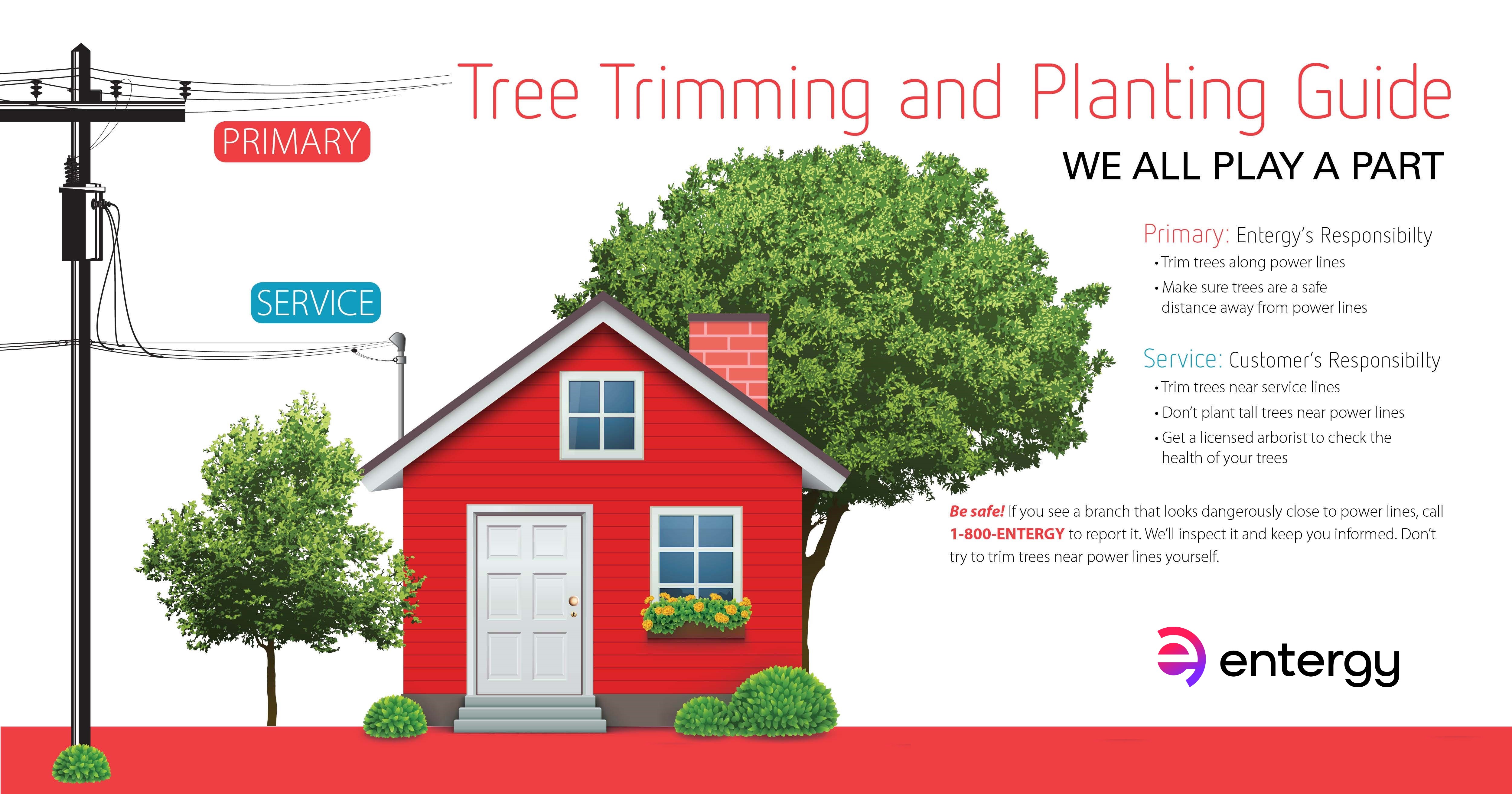Look For Crucial Indicators That Show Your Tree Could Be A Danger; Identifying These Can Aid Shield Your Property And Those You Care About.What Should You Keep An Eye On Next?
Look For Crucial Indicators That Show Your Tree Could Be A Danger; Identifying These Can Aid Shield Your Property And Those You Care About.What Should You Keep An Eye On Next?
Blog Article
Write-Up By-McDonald Aagaard
When it involves tree care, acknowledging the signs that it's time for removal is vital for your safety and security and home. You could observe tarnished fallen leaves, wilting branches, or strange fungal developments suggesting illness. Structural problems, like a substantial lean or cracks in the trunk, can additionally pose risks. Recognizing these indication can aid you make notified decisions about your trees and stop prospective risks lurking in your yard. What should you search for next?
Indications of Decay and Illness
When you notice indicators of degeneration and condition in your trees, it's crucial to act swiftly. Try to find tarnished leaves, wilting branches, or unusual developments like fungus. These can show that your tree is struggling.
If you see cracks in the bark or soft, mushy timber, these signs and symptoms recommend interior degeneration. Furthermore, an abrupt increase in pests around your tree can indicate that it's compromised and at risk.
Check for any type of dead or passing away limbs, as they posture a risk to your home and security. If you're uncertain about what you see, consulting an arborist can provide clearness.
Attending to these indications early can save you from extra comprehensive damage and make sure the health of your backyard. Do not wait up until it's far too late.
Structural Instability and Leaning
As you observe your trees, watch out for any kind of indicators of structural instability or leaning. If a tree leans dramatically, it may indicate that the root system is jeopardized.
Look for any type of fractures in the trunk or dirt around the base; these can signal potential failing. In addition, look for uncommon growth patterns, like an uneven crown, which might recommend that the tree is struggling to hold itself upright.
If you discover that the tree favors your home, power lines, or other structures, it poses a higher danger. Do not disregard these indicators-- speak with an arborist to examine the situation.
Doing something about it early can prevent pricey damage and ensure your safety.
Dead or Dying Branches and Vegetation
If you notice dead or passing away branches and foliage on your tree, it's a clear indication that something's wrong.
These undesirable areas can indicate underlying problems like illness, parasite invasions, or environmental stress. When branches shed their leaves or turn brownish, they're no more contributing to the tree's health and wellness. Disregarding these signs can lead to more decrease, making your tree more dangerous.
Dead branches can quickly break short during storms, positioning a danger to residential or commercial property and individuals nearby. It's critical to assess the level of the damages.
If the problem impacts a substantial part of the tree, consider consulting a professional. https://www.bobvila.com/slideshow/20-plants-for-where-the-sun-don-t-shine-44559 can assist identify if removal is required to make certain safety and preserve the beauty of your landscape.
Verdict
If you discover any kind of indicators of degeneration, architectural instability, or dead branches on your trees, don't disregard them. These indicators can present significant security threats to you and your building. It's always best to get in touch with a specialist arborist that can provide a professional evaluation of your trees. Acting early can prevent https://whattoputontreestumpstoki05383.weblogco.com/35401665/the-definitive-refine-for-tree-stump-elimination-what-you-must-know-concerning and expensive damage, ensuring your landscape continues to be secure and healthy. Bear in mind, it's much better to be positive concerning tree treatment than to await a calamity to take place.
